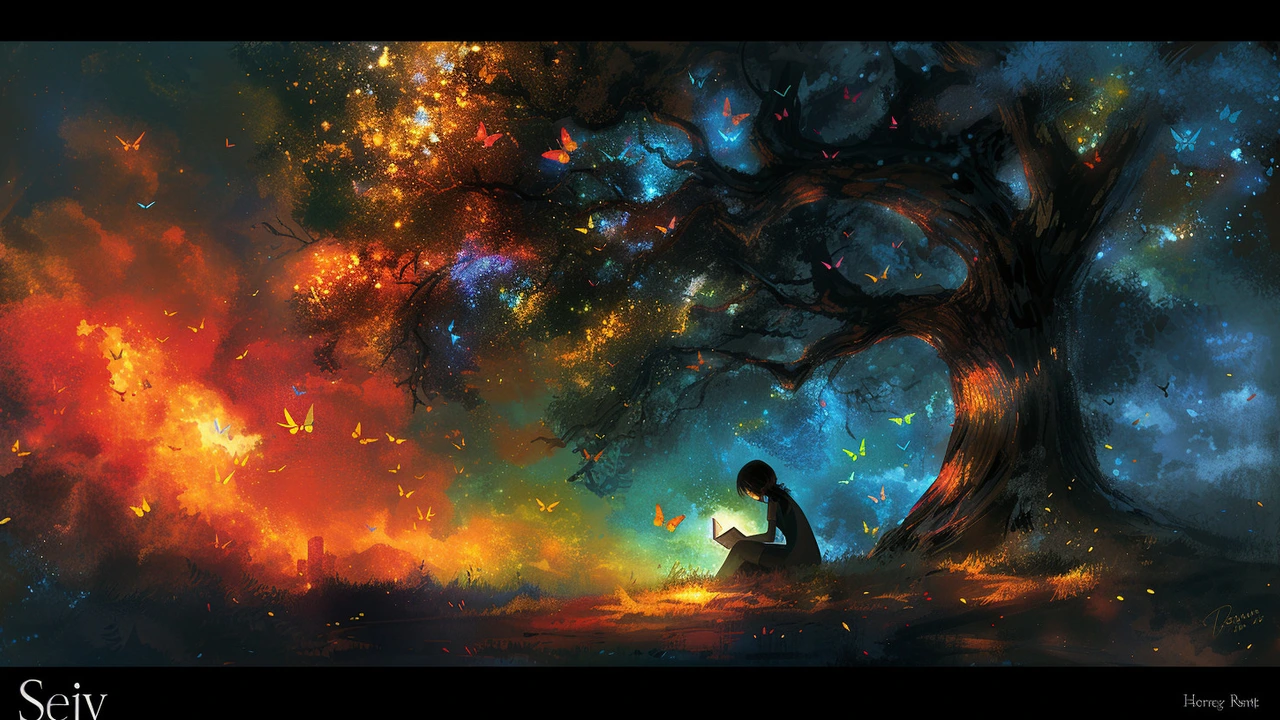Reality in Art: How Artists Show the World (and Bend It)
Reality in art isn’t just copying a scene. Sometimes artists aim for exact detail, like photorealism; other times they mix the real with the strange, like magical realism. This tag collects pieces that examine how artists represent, change, or question what we call “real.” You’ll find practical tips, short histories, and examples that make the idea of reality clear and useful.
Realism styles worth knowing
Photorealism and hyperrealism focus on technique: light, texture, and edges. If you want to get a convincing skin tone or reflective chrome, study reference photos, layer paint thinly, and use glazing to shift color without losing detail. Read articles about photorealism artists to see how they plan compositions and cheat perspective for a stronger effect.
Magical realism blends everyday settings with subtle magic. It’s not about wild fantasy but about slipping a small impossible element into a believable scene. For viewers, pay attention to mood and narrative clues. For creators, keep the world grounded—then add one clear, inexplicable detail and let it speak for itself.
Other movements treat reality differently. Constructivism and Bauhaus strip things to essentials, showing reality as function and form. Land art and installation art reshape real spaces and make viewers rethink surroundings. These approaches show that “real” can be practical, political, emotional, or sensory.
Practical tips for artists and viewers
Want to paint more realistically? Start with strong observation: spend time sketching from life, not just photos. Break scenes into planes and values first—color comes after you know light and dark. Use limited palettes to keep colors believable and mix a few skin or surface tones rather than relying on tube colors. For textures, experiment with small brushes, rags, and glazing mediums to get subtle transitions.
If you prefer blending reality with concept, try one small twist: change scale, add an odd prop, or alter the light source. Make the change intentional and repeat it across the piece so it feels like part of the world, not a random trick.
As a viewer, ask what the artwork expects from you. Is it showing skill—look for technique and detail? Is it asking you to imagine—notice contradictions or symbols? Understanding the artist’s aim makes reality clearer and more interesting.
On this tag page you’ll find articles about photorealism techniques, magical realism’s appeal, and the ways major movements questioned reality. Use these reads as quick how-tos, inspiration, or history crumbs you can apply to your own work or museum visits. Pick one idea—lighting, texture, or a small surreal touch—and practice it for a week. That small focus will change how you see and make realistic art.

